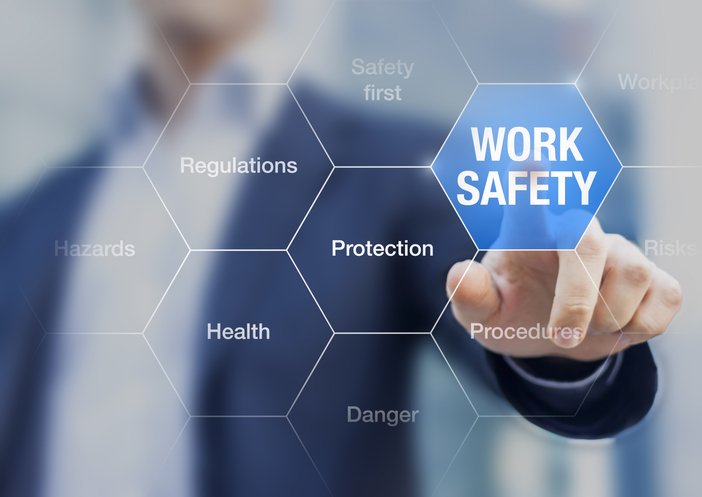
April is recognized as Workplace Violence Prevention Awareness Month, with the goal of increasing awareness to recognize, prevent, and respond to workplace violence. It is a serious issue that can have devastating consequences for employees and businesses alike.
According to the National Institute for Occupational Safety and Health, workplace violence is defined as an act or threat of violence, ranging from verbal abuse to physical assaults, or any other disruptive behavior, including domestic violence and stalking, when it impacts a workplace.
Workplace violence can often be prevented if warning signs are recognized and addressed early on. Some common warning signs of potential workplace violence include:
- Verbal threats or intimidation: An employee who makes threats or intimidates others may be at risk of committing an act of violence.
- Physical altercations: Physical fights or altercations between employees can be a sign of escalating tension and potential violence.
- Changes in behavior: Sudden changes in an employee’s behavior, such as increased aggression or withdrawal, can be a warning sign of potential violence.
- Substance abuse: Substance abuse can impair judgment and increase the risk of violent behavior.
- History of violence: An employee with a history of violent behavior may be at a higher risk of committing an act of violence in the workplace.
The Canadian Centre for Occupational Health and Safety (CCPOHS) says workplace violence or harassment is not limited to incidents that occur within a traditional workplace. Work-related incidents can occur at off-site business-related functions (conferences, trade shows), social events related to work, in clients’ homes, or away from work but resulting from work (a threatening telephone call to your home from a client). The CCOHS also provides a free online course on workplace violence.
Prevention is key, and there are several steps employees can take to help prevent workplace violence.
- Be aware of your surroundings: Pay attention to your environment and the people around you. If you notice any unusual behavior or potential hazards, report them to your supervisor or HR department.
- Follow safety protocols: Make sure you are familiar with and follow all safety protocols and procedures in your workplace.
- Communicate effectively: Good communication can help prevent misunderstandings and conflicts. Make sure to communicate clearly and respectfully with your colleagues.
- Seek help if needed: If you are experiencing any personal issues that could affect your behavior at work, seek help from your HR department or employee assistance program.
- Report incidents: If you witness or experience any form of violence or harassment in the workplace, report it immediately to your supervisor or HR department.
You can contribute to a more protected and safe work environment for all by collaborating and taking preventive measures.